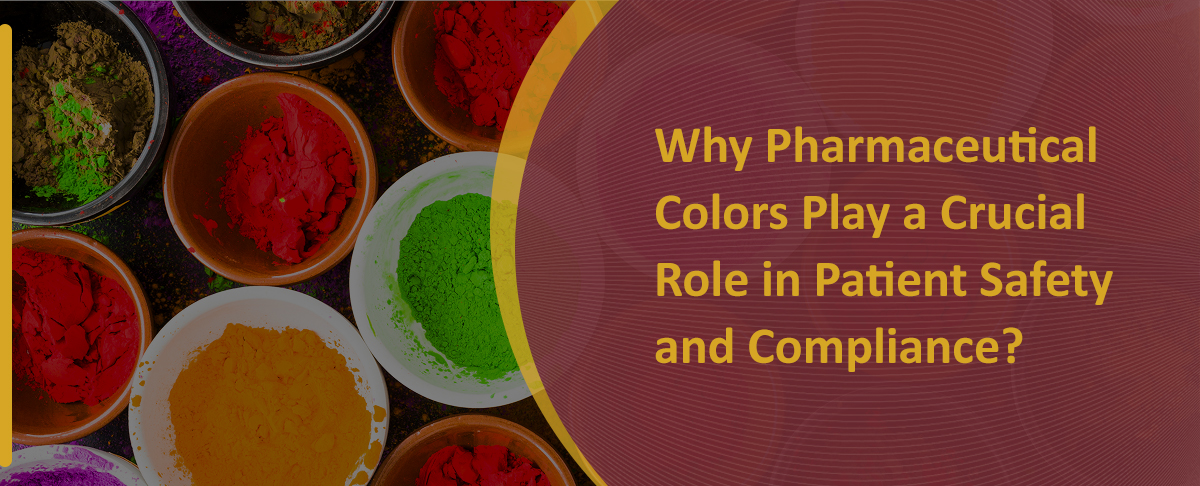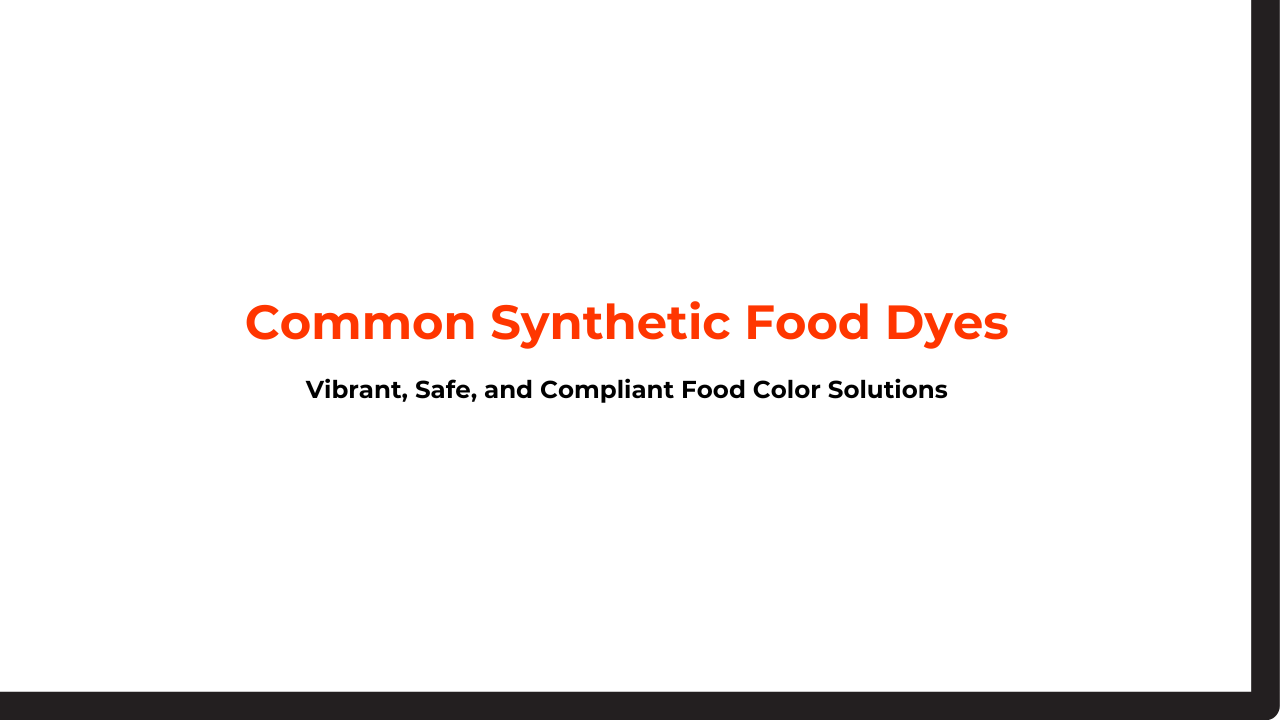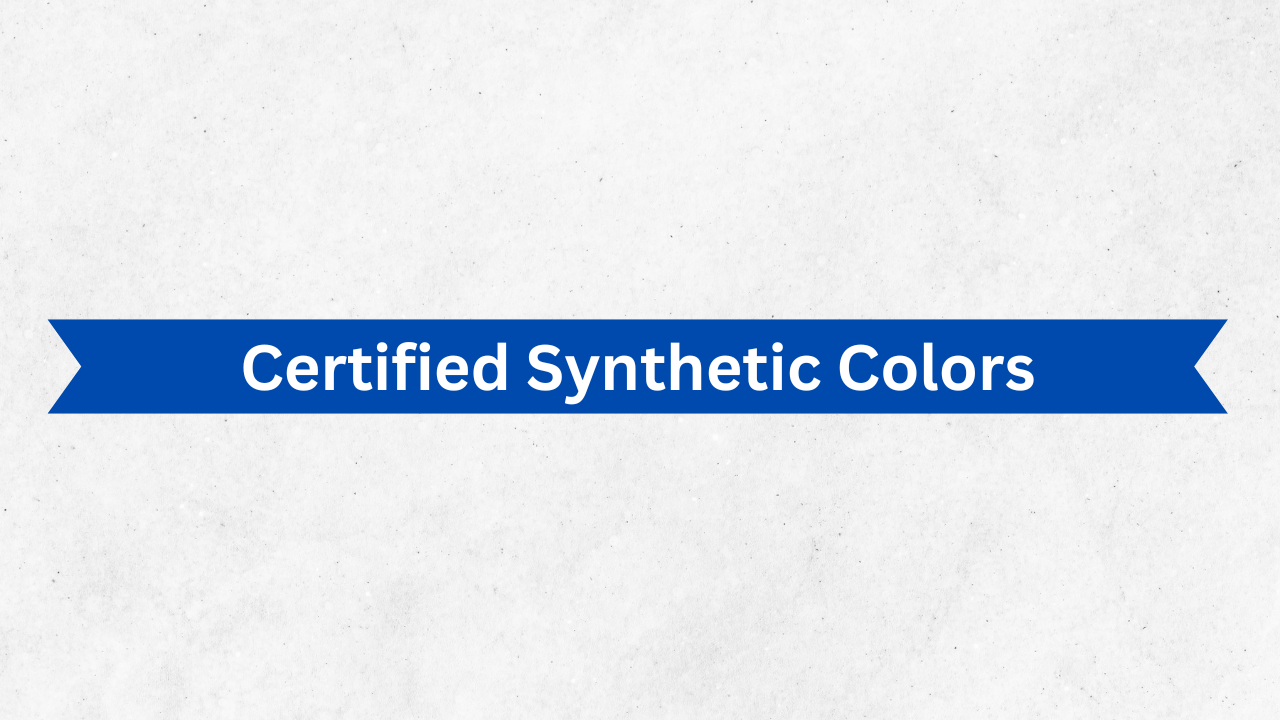Food colorings or additives are dyes, pigments, or substances that impart color when added to food or beverages. When you enter the market, it’s hard not to put the food in your grocery bag or eat it immediately, making food vibrant and more appealing. In this article, we will discuss synthetic dyes used for food coloring.
If you’re wondering what food dyes are and how safe they are, you are in the right place. You can find food coloring everywhere, whether you’re cooking at home or in a commercial kitchen.
The products range from liquids to powders to gels to pastes. In addition to cosmetics, food colorants are used in many other applications, including medical devices, pharmaceuticals, and home craft projects.
Food colors play an essential role in the visual presentation of food, which is one of the most powerful effects of their use. The U.S. FDA and FSSAI (Food Safety and Standards Authority of India) have approved some food colors and flavors.
Importance of colors in foods?
Color can affect how people perceive food flavors, from candy to wine. People associate specific colors with particular flavors. Red coloring is sometimes added to glacé cherries to make them appear natural. Heinz launched green ketchup in 2000 to create a visual effect.
Furthermore, it is common for foods to contain color additives for the following reasons:
- Ensure color remains vibrant after storage due to exposure to light, air, and extreme temperatures.
- Identify product flavors and dosages on sight, such as candy flavors or prescription drugs.
- Make food more appealing, attractive, palatable, and informative to people.
- Make the right color natural variations.
- Improve the colors that occur naturally.
- Add colors to colorless products.
Food coloring: Safety regulations
It’s important to note that natural colors must be approved by the U.S. FDA even though they’re not mandated by several regulatory bodies worldwide. Knowing the difference between natural and synthetic food dyes is essential to carefully choosing the right food colors.
Different opinions regarding the safety of food colorings can exist since every country tests food colorings differently. The FDA has established individual listing regulations for color additives in food, drugs, cosmetics, and medical devices. An adulterated product must comply with the FD&C Act provisions if the color additive is unlisted, improperly listed, or does not adhere to the purity and identity specification of the listing regulation.
A product with such a label may be subject to FDA enforcement action. The color additive is typically found in small amounts in most products, and a small quantity can potentially adulterate a significant amount.
Synthetic colors impart a uniform, intense color, cost less, are easier to blend, and impart a variety of hues. Certified colors are widely used because they impart an intense, uniform color. Foods with certified food colors do not generally have undesirable flavors, as the United States has nine approved color additives.
Natural sources of color, such as vegetable pigments, minerals, and animals, are exempt from certification. Using natural color additives rather than certified colors increases the risk of unintended flavor additions to foods. In addition, several colors are exempt from color standards, including annatto, turmeric, beta-carotene, beet extract, grape skin extract, and caramel.
A synthetic food dye, which does not exist in nature, is given the FDA FD&C number, which indicates that it has been approved for use in foods, drugs, and cosmetics. In contrast, E numbers are used in the European Union for all additives approved for synthetic or natural food use.
In the EU, the European Food Safety Authority evaluates the safety of food colors and other additives. National authorities in non-EU member states regulate food additives, which usually adhere to EU laws in some cases, but only sometimes.
Many other countries also regulate food colors, including maximum daily intake limits when used in various applications.
How safe are food dyes?
Colors can be natural or synthetic, depending on the application and the consumer’s preferences. Even though synthetic food colors are vibrant and stable, natural food colors derived from natural ingredients are becoming increasingly popular because of their health benefits.
Both types of food colors within regulatory limits are safe and do not pose any health risks to consumers. The FDA and EFSA strictly check these synthetic dyes used in foods, drugs, and cosmetics while ensuring safety and security in the first place.
Permitted synthetic colorants in the E.U.
E-numbers 102-143 include a complete range of synthetic colorants. According to the EU, you can currently use color additives that have been approved and certified for food use. There’s a long history of color additives, as they have been worldwide for decades.
Some of these additives include artificial/synthetic dyes, such as:
- E104: Quinoline yellow
- E122: Carmoisine
- E124: Ponceau 4R
- E131: Patent blue V
- E142: Green S
Permitted synthetic colorants in the U.S.
Food in the US is generally permitted to contain the following seven synthetic colors: Red No. 3 Lake is the only lake not permitted and approved with these colorings.
- FD&C Red No. 3: Erythrosine, E127 (comes in a pink shade, primarily used in glacé cherries).
- FD&C Yellow No. 5: Tartrazine, E102 (comes in the yellow shade).
- FD&C Red No. 40: Allura red AC, E129 (comes in the red shade).
- FD&C Green No. 3: Fast green FCF, E143 (in the turquoise shade).
- FD&C Yellow No. 6: Sunset Yellow FCF, E110 (comes in the orange shade).
- FD&C Blue No. 1: Brilliant blue FCF, E133 (comes in the blue shade).
- FD&C Blue No. 2: Indigotine, E132 (comes in the indigo shade).
Conclusion
The bottom line is that food manufacturers and exporters increasingly use synthetic food colors to achieve reduced cost, high color intensity, greater color stability, enhanced appearance, and uniformity.
The market may contain various foods and beverages, including some non-permitted synthetic colors and too much use of permitted synthetic colors.
Therefore, it is highly recommended that food manufacturers and consumers know food color regulations and safety standards. In addition, they are advised to buy premium quality synthetic colors from leading manufacturers and exporters in India, like Hridhan Chem, which follows international safety standards and produces high-quality synthetic dyes.
FAQs
The following are the primary synthetic food colors:
- Tartrazine (E102)
- Quinoline yellow (E104)
- Sunset yellow FCF (E110)
- Carmoisine (E122)
- Ponceau 4R (E124)
- Allura red (E129)
The choice between natural and synthetic food colors ultimately depends on the specific application and consumer preferences. While synthetic food colors offer vibrant and stable colors for many processed foods and beverages, natural colors have gained popularity due to their natural origin and potential health benefits. Both food colors have their merits and are safe for consumption when used within regulatory limits.




